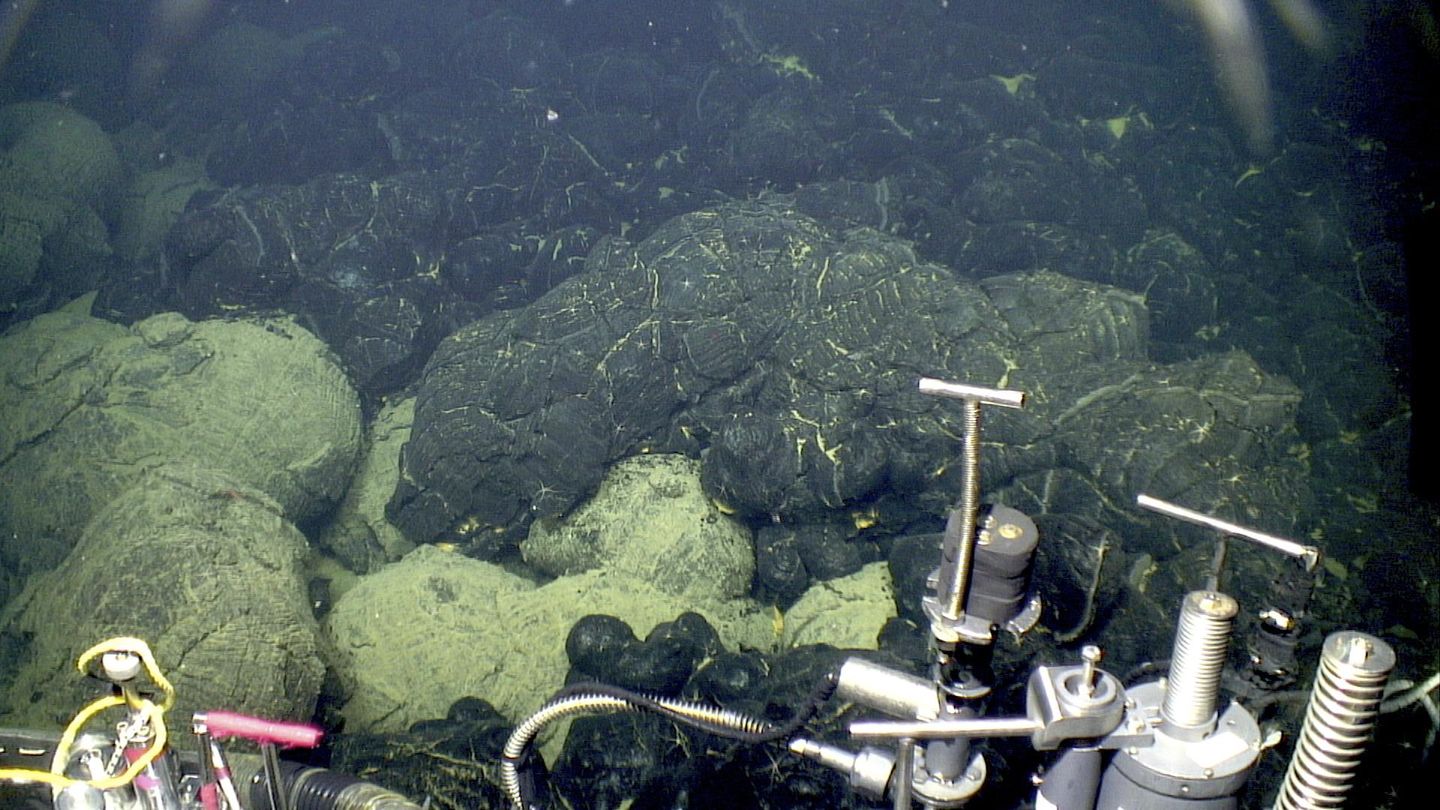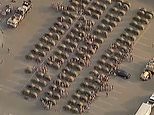Why Altricial Animals, Including Humans, Are More Prone to
In the vast world of animal development, a significant distinction exists between species based on how their young develop after birth. Two primary categories describe these developmental strategies: altricial and precocial. While precocial animals are born more self-sufficient and capable of survival shortly after birth, altricial animals—such as humans, cats, dogs, and many songbirds—are born in a relatively helpless state and require extensive parental care for their survival. Despite their initial vulnerability, altricial animals often have key survival advantages, which may explain why humans and other species in this category are so adept at adapting to changing environments, surviving over generations, and even dominating certain ecosystems.
Understanding Altricial Development: A Delicate Beginning
The term “altricial” comes from the Latin word “alter” meaning “other” or “another,” suggesting that these animals, particularly their young, need care from others—specifically their parents. Altricial young are typically born undeveloped, lacking the physical maturity to fend for themselves. This includes being blind, hairless, immobile, and entirely reliant on their parents for nourishment, warmth, and protection.
In comparison, precocial species, like horses or deer, are born relatively independent, capable of standing, walking, or swimming within hours of birth. These differences in developmental strategies between altricial and precocial species reflect the evolutionary adaptations to various ecological pressures.
So, why does this vulnerability lead to survival advantages in the long run? Let’s explore the ways in which altricial development, despite seeming like a disadvantage at first, provides crucial benefits that can help these animals thrive.
1. Parental Investment and Social Bonds
One of the most significant advantages of being an altricial species is the stronger parental investment and the resulting development of social bonds. Since the offspring are born dependent and unable to survive without care, they foster deep parental attachment. The emotional and social bonds formed during this period are crucial for species survival. These bonds enable parents to nurture and protect their young until they are mature enough to survive on their own.
In many cases, this caregiving extends beyond just the immediate parents. For example:
- In humans, family structures evolve to include extended families, where not just the parents but often grandparents and even older siblings are involved in nurturing and protecting the young. This social cooperation provides multiple layers of protection and learning opportunities for the child, significantly enhancing survival rates.
- Dogs and cats also rely on parental guidance and protection, especially in the early weeks of life. They are taught critical survival skills, such as hunting (in wild species) or how to interact with humans (in domesticated animals), ensuring their successful integration into the environment.
These animals, through intense parental investment, gain knowledge and skills that might otherwise be unavailable to a precocial species that must fend for itself shortly after birth.
2. Learning and Cognitive Development
Altricial young, being born in an underdeveloped state, have a longer period of brain growth and cognitive development. This extended period allows for greater learning and adaptation. Since altricial animals rely heavily on parental care, they often experience more complex social interactions and better exposure to the nuances of their environment.
- Humans, in particular, have an extended period of childhood. This long developmental phase gives humans the time to learn complex skills—language, abstract thinking, problem-solving, and cultural practices—that are critical for survival in human societies. The human brain continues to develop well into adolescence, allowing us to adapt to changing environments, learn from experiences, and create tools or social structures that increase survival.
- Songbirds, which are also altricial, are taught critical survival behaviors from their parents, including how to find food, communicate, and navigate their environment. The extended period of dependency allows them to observe and imitate behaviors that will help them survive in a competitive world.
Thus, the extended developmental period allows for better cognitive flexibility and a deeper learning experience, which is especially important in complex and rapidly changing environments.
3. Greater Adaptability to Changing Environments
Altricial animals typically develop at a slower pace, giving them more time to adapt to changing environments. This prolonged nurturing period allows them to develop strategies for survival based on the specific conditions of their surroundings.
- Humans, as an altricial species, have thrived in a variety of ecosystems due to our ability to adapt culturally, socially, and technologically. While our young require significant care in infancy, the knowledge passed down from generation to generation—whether through language, education, or technology—enables humans to survive and thrive in diverse conditions, from the Arctic to the deserts, and even outer space.
- In the wild, wildcats and canines develop their hunting skills over time, with parents teaching their young how to stalk prey and navigate the dangers of their environment. The slower developmental process means that young animals can gather information from their environment and from their parents, increasing their chances of survival in a variety of habitats.
This adaptability, born from an extended developmental period, allows altricial species to cope with new challenges that may arise, whether they be environmental changes, predators, or shifts in food sources.
4. Genetic Diversity and Evolutionary Potential
Altricial species tend to have a longer lifespan and a more complex life cycle, including an extended juvenile phase. This extended developmental phase allows for more complex evolutionary processes to occur, including the accumulation of genetic diversity over generations. The more complex social structures that often accompany altricial animals also encourage diverse interactions within populations, increasing genetic variability, which is a critical factor in long-term survival.
- Humans, for instance, have a long generational gap, which allows for a gradual accumulation of genetic changes. Over time, humans have developed a vast array of cultures, technologies, and behaviors, all of which have contributed to survival and global dominance.
- Altricial species often have fewer offspring than precocial species, but this allows for better parental care and socialization, ensuring that the surviving offspring are more likely to thrive and pass on their genes. This higher investment per offspring can result in more refined and adaptive behaviors, leading to more resilient populations.
5. Parental and Social Cooperation
Finally, the social structures that develop around altricial animals are often more intricate, involving not just the immediate parents, but also siblings, extended family, and sometimes entire communities. Social cooperation and group dynamics are key to the survival of these species.
- In humans, we have social structures ranging from nuclear families to extended families and even entire communities or societies. This level of cooperation not only provides more hands for child-rearing but also fosters cooperation and protection against outside threats (e.g., predators, environmental challenges).
- In the animal kingdom, many primates, such as chimpanzees and bonobos, exhibit complex social behaviors where group members work together to protect the young, gather food, and ensure the survival of the group.
Conclusion: Altricial Strategy as an Advantage
While being born altricial may initially seem like a disadvantage due to the vulnerability of the young, it is this very dependency that allows for profound parental investment, cognitive development, and adaptability. Through extended care and social bonding, altricial animals like humans not only survive but thrive, developing complex survival strategies that increase their chances of long-term success. In the end, altricial species, with their ability to learn, adapt, and cooperate, often find themselves more equipped to handle the challenges of survival in a rapidly changing world.
altricial.
Altricial animals are born in a relatively undeveloped state and rely heavily on parental care for survival. They are typically born blind, hairless, and immobile, needing nourishment and protection from their parents. This term often applies to many mammals (e.g., humans, cats, dogs) and some birds.
In contrast, precocial animals are born more developed and are capable of a greater degree of independence shortly after birth.


